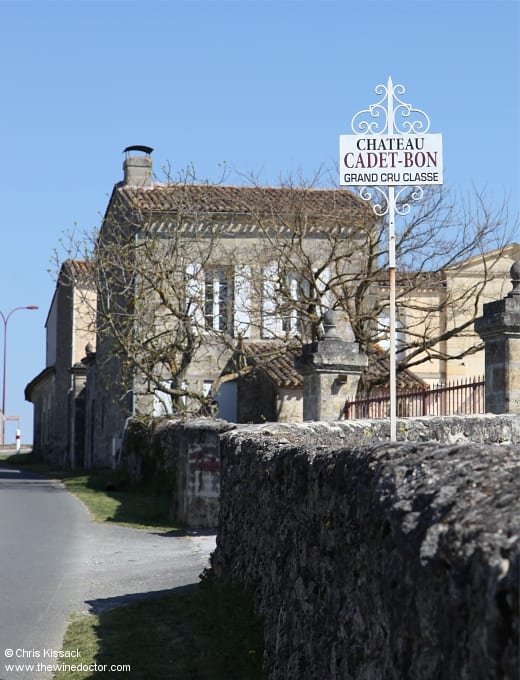Château Cadet-Bon
To the north of the town of Saint-Emilion the land falls away before once again climbing up to a crest, at the peak of which is the Cadet lieu-dit. Continue northwards and the land finally falls away for good, the limestone plateau yielding to softer soils of sand and clay, soils which run all the way down to the gently bubbling waters of the Barbanne. This slope is the Côte de Cadet, and both crest and slope are home to a number of notable Saint-Emilion properties.
Many of these properties signify their allegiance to the lieu-dit through their names, including Château Moulin du Cadet, the infrequently seen Château Soutard-Cadet and the now defunct Château Cadet-Piola, a longstanding and well-known property which was absorbed into the vineyard of neighbouring Château Soutard after the 2011 vintage. One that is still going strong, however, is Château Cadet-Bon, an estate with a history that stretches back several centuries, if not longer.
Origins
As I have noted in other profiles relating to properties in this corner of Saint-Emilion viticulture here has ancient origins; the first vines were probably planted during the Gallo-Roman period, although of course there is no hard evidence for this. There are, however, some suggestions as to the origin of the estate from Medieval records. It is widely accepted that the modern-day vineyard began with the planting of vines by Jacques Bon dit Le Cadet, which gives us the likely origin of Cadet, although the suffix Bon was not added to the name until much later. Nothing else of vineyard at this time, however, is known.

